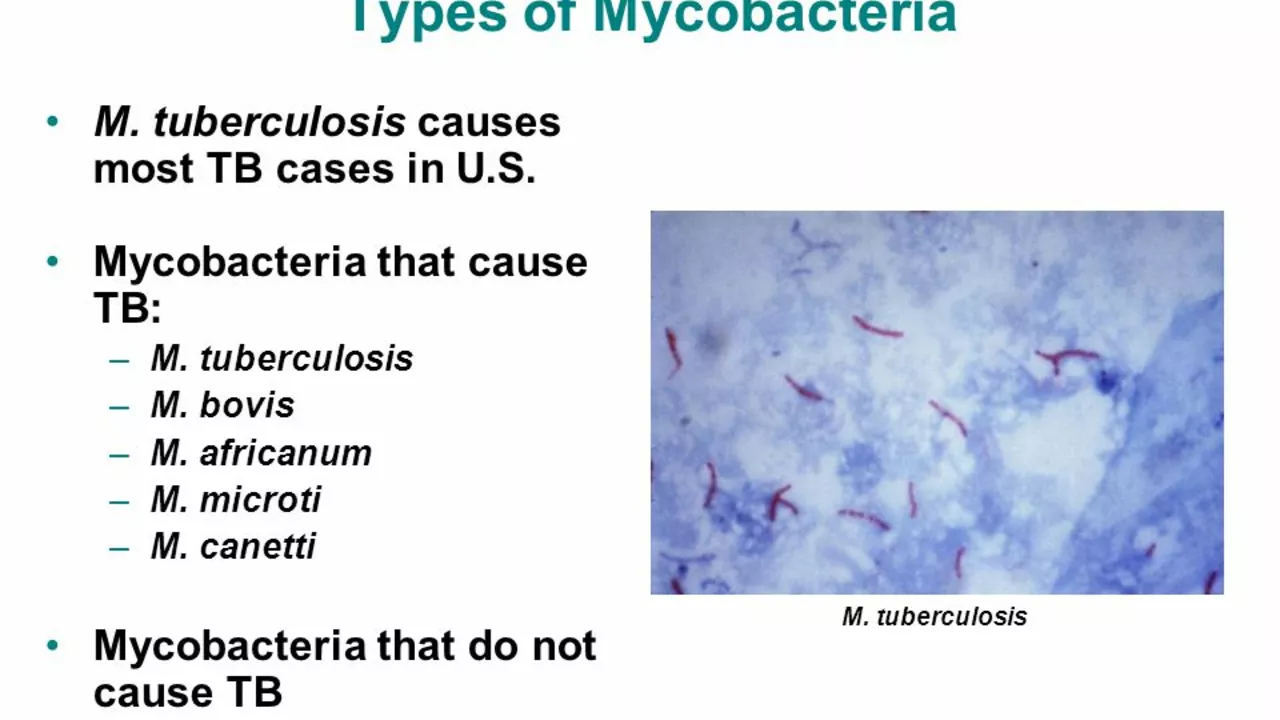Treating Tuberculosis: What You Need to Know
TB may sound scary, but the good news is that doctors have a solid plan to cure it. Most people finish treatment in six months and walk away healthy again. Below we break down the main drugs, how to take them, and what to watch for.
Standard drug regimen
The core of TB care is called "DOT" – directly observed therapy. A health worker watches you swallow each dose so nothing gets missed. The first two months use four medicines: isoniazid, rifampin, ethambutol, and pyrazinamide. After that, the last four months usually keep just isoniazid and rifampin.
Take the pills at the same time every day, preferably with food if they upset your stomach. Set an alarm or use a phone reminder – consistency beats forgetfulness. If you ever skip a dose, call your clinic right away; they can help you get back on track without messing up the whole plan.
Managing side effects
All medicines can cause reactions, but most people handle TB drugs just fine. Isoniazid can affect your liver, so doctors may ask for a blood test before you start and again after a few weeks. Rifampin sometimes makes urine turn orange – nothing harmful, just a funny color change.
If you feel nausea, try taking the pills with a big meal or a glass of milk. Joint pain from ethambutol is rare, but if your vision gets blurry, report it immediately; early detection prevents permanent problems.
Staying hydrated and eating balanced meals helps your body cope with any mild side effects. And don’t forget to finish the full course – stopping early can cause drug‑resistant TB, which is much harder to treat.
Besides medication, keep up with follow‑up appointments. Your clinic will check how well the bacteria are responding and adjust doses if needed. Regular check‑ups also give you a chance to ask questions about anything that feels off.
Living with TB isn’t just about pills; it’s about support too. Let family or friends know what you’re going through so they can remind you about doses or drive you to appointments. A solid support network makes the six‑month journey smoother.
Bottom line: TB is curable when you stick to the prescribed regimen, watch for side effects, and keep in touch with your health provider. Follow these simple steps, stay consistent, and you’ll be on the road to recovery.
In my recent research, I discovered fosfomycin, an antibiotic that's been around since the 60s, might have a significant role in treating tuberculosis (TB). Studies show that fosfomycin can potentially kill Mycobacterium tuberculosis, the bacteria that causes TB. This antibiotic's unique ability to penetrate the tough cell wall of this bacterium makes it a promising candidate for TB treatment. Additionally, its low resistance rates could help address the growing issue of drug-resistant TB. So, while more research is needed, fosfomycin could be a game-changer in the fight against this deadly disease.
Jul, 21 2023

